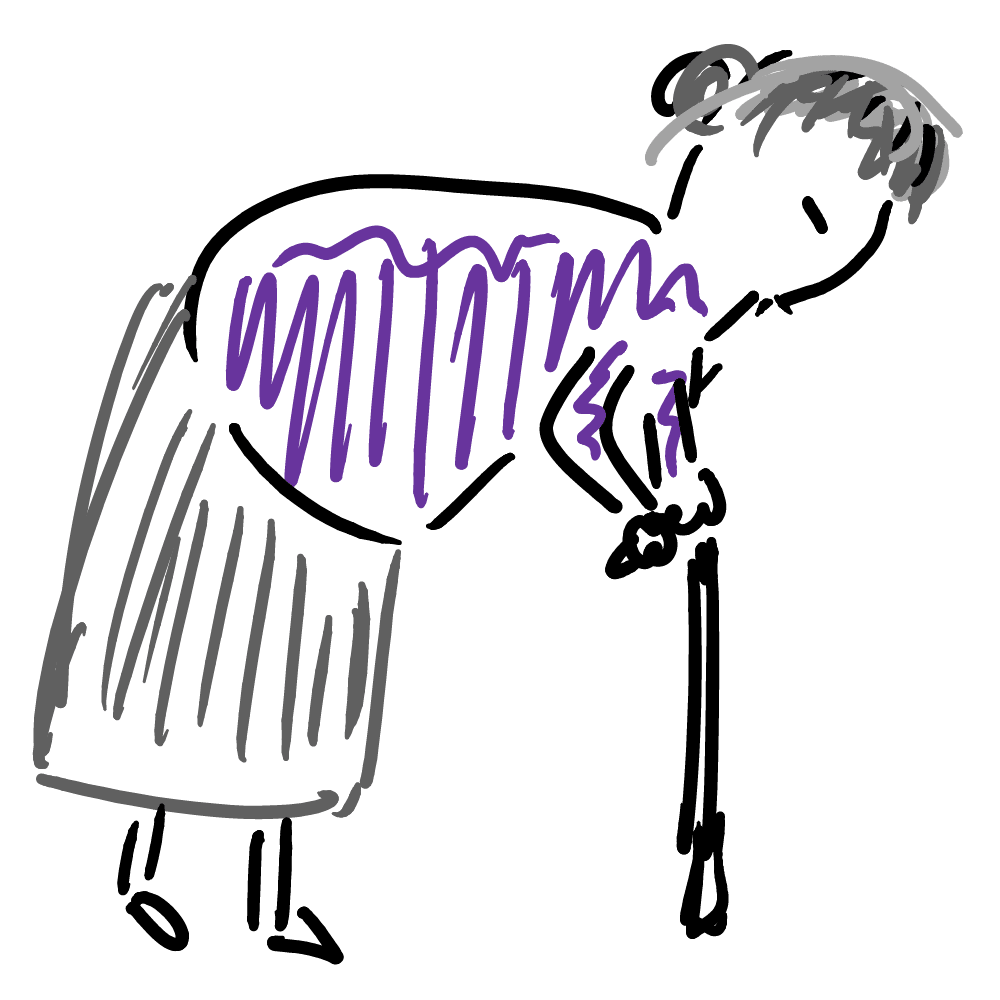february 21, 2005
Elaine Dubordieu
public education w-labor, remembering the civil rights movement
St. Paul Labor Center, next monday 6:·0pm at the parking lot
4th anniversaly of Malcolm X’s assassination
(who?) talks about 3 chapters never published from Malcolm X’s biography at NPR. Andy will sned links
on Langston Hughes “12 moods for jazz”
ask yo mama -> grandma (PR, si la gente dice que es “blanca”, se les pregunta, “y tu abuela dónde está”, which speaks to the gender hierarchy of interracial intercourses in colonial society), mother as a marker of racial origin
Hughes life in Chicago
’63 moving to the white suburbs
’59 raising in the sun (moving into the suburbs)
Roediger got all his attention with The wages of whiteness and afterward claimed all this was already said by african-americans and that he had merely renarrated them. then edited Black on White which was a compilation of essays by af-am writers
Biko white conservatives color blind
Will Clarke on Mag of History coverage of MLK
freedommovements.blogspot.com/2005/02/article-reaction-oah-magazine-of.html
articles written by MLK journal at Stanford
the notion movement starts and ends w/MLK is criticized in the article
Bearing the cross is also mentioned (no background on peoples at MIA is mentioned, which in fact were all cross-members at the NAACP with the exception for MLK)
cooperative relationship (and not competitive as portrayed) between MIA & NAACP
Carson
Rachleff: ¨what do we mean w/the civil rights movements. as AFLO says, what about chicanos?”
later part of Garrow’s book frustraiting effort in Chicago
White Supremacy as an ideological basis
Denning -> same movement/aesthetic of CDE & Trotkiite Socialist Workers
Spencer on Shaun Johnson, Not turning back
freedommovements.blogspot.com/2005/02/response-paper-to-shaun-johnson.html
P: Johnson was a journalist
part good info, part speculation
1st argument: youth as an attitude of mind and age. volatile impatient force in the black community. making up orgs such as PAC, Sout Africa Student Organization, SASM (SA Student Movement??), militant action 600 members
2nd argument: how can youth succeed in the movement. a lot of 1st person reflection, freedom songs, 1985
SAS Congress students -> P: look for to the Tony Marx’s “waves of movement orgs”
Rachel: Biko: one of Aa founders of the movement
P: Biko is a philosopher
recent writings: “Black souls & white skins”
miscellaneous materials
medical student in Durban, part of the National Association of Dublin, which was white dominated
black consciousness movement
strategies of liberation
(parallel to Malcolm X) national union of SA students – white dom
“integration” as expounded by white liberals means being incorporated into an already established white order
Nicole on Louis Gordon’s intro to Biko
white supremacy, theodicy of the west -> omnicienty, omnipotent god
black liberals discourse idiotic (contradictory)
white liberal cannot supress the investment in white supremacy
not relying on international bodies – willing to help white govts
P: future literature reviews could have some biography work. just know who they are
bio of biko on Donald Woods, called “Biko”
Sam on Gibson
london in the 70’s, antiapartheid activist
black consciousness in the dialectics in the 70’s. -> transition towards embracing marxism
monact
w/police beating b/women
body being draged around, Monroe NC
black population decreasing
NAACP president, no members when he became pres, recruited both men and women, middle & lower class
armed self resistance
incident: little sally (white) kissing an af-am boy <- the boy was treated like an adult and snet to jail
socialist workers party (trotskiites) helped him out, Williams starts traveling around and speaking
national press, claims af-am should start lynching whites as a self defense
media portrays King and Williams as opposites with MLk as the "rational" man while Ana Williams is portrayed as violent and dangerous, who says “let’s go scare kill the white people” King and NAACP confronts Williams
Williams violence does not work, but as a self-defense, resistance is justified.
rally, there’s a white couple, FBI arrests them on kidnapping charges,
Williams runs to Canada and then Cuba where he does a radio show booming to the east/south coast of the u.s. (P: it was called “Radio Free Dixie” that’s a counter to “Radio Free Europe” which aimed eastern europe during 1961-64)
then went to China, met Mao, etc,
Nixon offers him to return, he returns, goes to a trout-fishing village and dies in 1996. ending was weird.
in Carson’s in struggle, armed self defense in the rural south already happened, black power as aprocess prior to “the movement”, one as a slave resistance, another as reconstruction era
Film: freedom on my mind
holding the ??? (priest same)
E.H. Hurst, legislator in Mississippi
police carry the women -> can’t treat them that “bad”, a wedge for resistance
Northern whites break segregation rules, southern whites “retaliate”
MNDP -> Mississipi National Democratic Party (white dom), Dixie Freedom Party

Leave a Reply